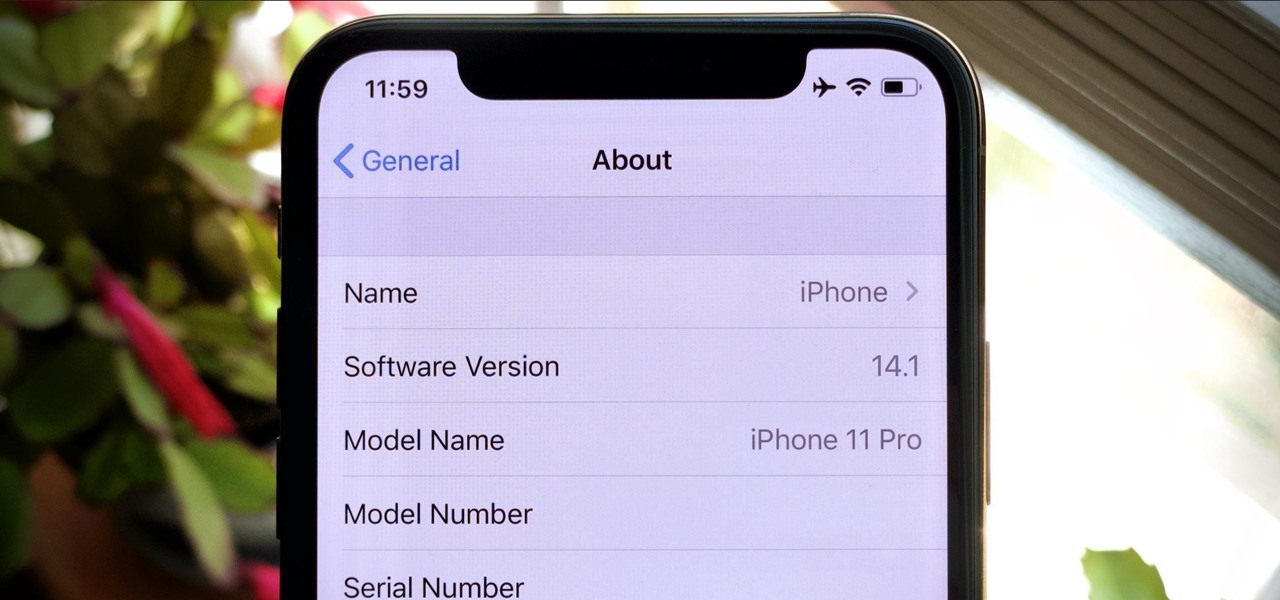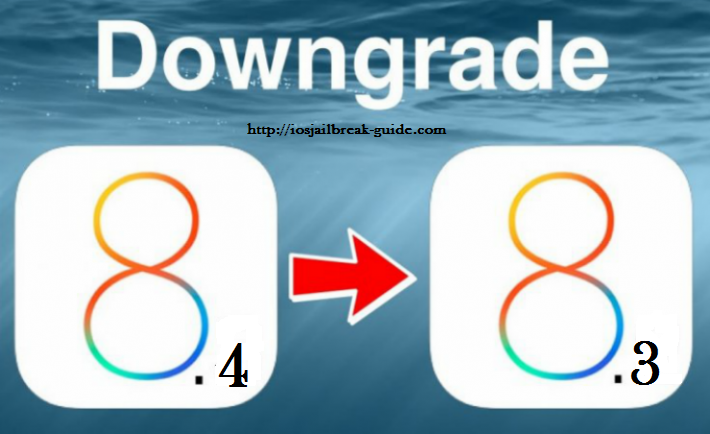


Launch iTunes, if you are on macOS 10.15, launch Finder. You can go to or other site that you trust, choose corresponding device and select an IPSW file to download. In this case, we are using signed iOS 12.4 IPSW file, and the device is iPhone X. Download the iOS 12 IPSW firmware that matches your device. Back up your iPhone on iOS 13 and make an archived backup for later use. It's better to use USB cable that comes with the device, instead of using any third party USB cable that may make the process unstable.If the downgrade process is interrupted, you will need to put your iPhone/iPad into Recovery mode and restore it again. Stay your iOS device connected to computer the entire process.Make sure to toggle off find my iPhone Warnings:.Latest version of iTunes on Windows/macOS 10.14 and earlier.However, there is another workaround that involves changing ".plist" file to keep data created on iOS 13, please read on. When you are back on iOS 12 once again, you can select pre-iOS 13 backup file to restore it to your downgraded iPhone, or recover data from iCloud backup. With this kind of downgrading mechanism, after you hit Restore and select IPSW file, data created on iOS 13 will be removed. Now with iOS 13, that method no longer works based on our test. It would downgrade your device to lower version but still keep existing data on your iPhone. Previously, when you are downgrading from iOS 12 to iOS 11, you can hit Upgrade button and select IPSW file to install.
Ios downgrade firmware update#
Many posts online told you to choose Update after Shift-click Restore iPhone and select an IPSW file, they are wrong. Part 1: Use IPSW to Revert to Previous iOS Build Part 3 Downgrade iOS 13 with DFU Mode (When Part 1 and 2 Fails).
Ios downgrade firmware install#


 0 kommentar(er)
0 kommentar(er)
